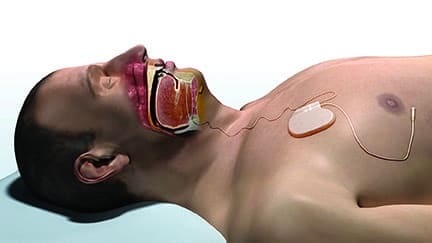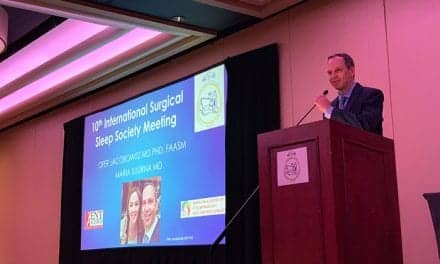The United States Food and Drug Administration (FDA) has approved the remedē System, marketed by ZOLL Medical Corporation, for conditional use with magnetic resonance imaging (MRI). ZOLL’s remedē System is an implantable transvenous phrenic nerve stimulation therapy for the treatment of adults with moderate to severe central sleep apnea. Full-body MRI approval applies to all models of remedē System, covering new remedē patients as well as those who already have a remedē device.
“Patients with central sleep apnea often suffer from other comorbidities that may benefit from MRI scanning including, but not limited to, brain, spine, and joint issues. Approval of the remedē System for conditional use with MRI will allow those patients to now have access to this important therapy,” says Asim Roy, MD, medical director of the Ohio Sleep Medicine Institute, in a release.
Collin Anderson, president of ZOLL Respicardia, says in a release, “MRI compatibility for the remedē System has a substantial positive impact for both patients and providers. Access to a wider range of imaging options is important to ensuring patients receive the best care available. Prior to this approval, the need for ongoing MRI was a contraindication for the remedē System and a concern for patients who were uncertain about their long-term healthcare needs. FDA approval to use full-body MRI on remedē patients is a significant milestone for ZOLL and the remedē therapy.”
The remedē System was approved by the FDA in 2017. The remedē System is an implantable device that activates automatically each night to stimulate the phrenic nerve in the chest, which sends signals to the diaphragm to help restore a more normal breathing pattern.
The next-generation remedē EL-X System, approved by the FDA in 2021, combines enhanced functionality with a patient-friendly design, simplifying the implant procedure and providing greater device longevity for patients with central sleep apnea. Features include longer average battery life, reduced size, stimulation and sensing from a single lead, and full-night, respiration and device algorithm monitoring capabilities via DRēAM View.





